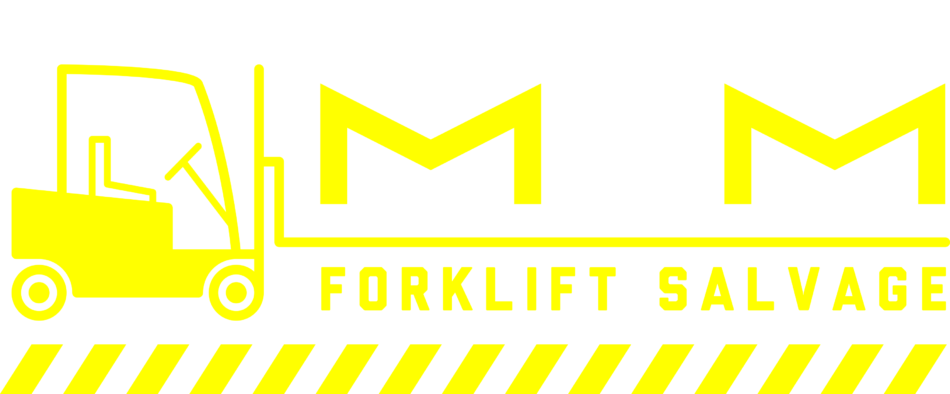Rebuilding a transmission from a Clark forklift is a complex task that requires expertise and attention to detail. Here’s a general outline of the steps involved:
- Preparation:
- Ensure you have the necessary tools and equipment for the job.
- Work in a clean and well-lit area.
- Wear appropriate safety gear, including gloves and goggles.
- Removal:
- Disconnect the forklift’s battery to prevent any accidental start-up.
- Raise and support the forklift securely on jack stands.
- Drain the transmission fluid into a suitable container.
- Disconnect any linkage, electrical connectors, and other components attached to the transmission.
- Support the transmission with a transmission jack or suitable lifting device.
- Remove the transmission from the forklift and place it on a workbench.
- Disassembly:
- Carefully disassemble the transmission, following the manufacturer’s service manual.
- Take note of the orientation and placement of components as you remove them.
- Clean each part thoroughly and inspect for wear, damage, or signs of failure.
- Replace any worn or damaged parts as necessary, including seals, bearings, gears, and synchros.
- Reassembly:
- Rebuild the transmission using new or refurbished components.
- Follow the manufacturer’s specifications for torque settings and assembly procedures.
- Lubricate moving parts with transmission fluid or assembly grease as required.
- Double-check the alignment and placement of gears, shafts, and other components during reassembly.
- Use new gaskets and seals to ensure proper sealing and prevent leaks.
- Testing:
- Before reinstalling the transmission, perform a bench test to ensure proper operation.
- Rotate the input and output shafts by hand to check for smooth movement and proper engagement of gears.
- Test any electronic or mechanical components, such as sensors or switches, to ensure they function correctly.
- Address any issues or abnormalities before proceeding.
- Installation:
- Carefully lower the rebuilt transmission back into the forklift, using a transmission jack or suitable lifting device.
- Reconnect any linkage, electrical connectors, and other components removed during disassembly.
- Refill the transmission with the appropriate type and amount of transmission fluid.
- Double-check all connections and fittings to ensure they are tight and secure.
- Final Checks:
- Start the forklift and test the transmission in a safe, controlled environment.
- Shift through all gears to ensure smooth operation and proper shifting.
- Check for any leaks or abnormal noises.
- Adjust any linkage or controls as necessary to achieve proper operation.
- Documentation:
- Keep detailed records of the rebuild process, including parts replaced, torque specifications, and any adjustments made.
- Document any special procedures or issues encountered during the rebuild for future reference.
- Follow-up:
- Monitor the rebuilt transmission during regular use to ensure continued reliability and performance.
- Address any issues or concerns promptly to prevent further damage or failure.
It’s essential to have a thorough understanding of the transmission’s design and operation, as well as access to the appropriate service manual or technical resources. If you’re not comfortable or experienced with transmission rebuilds, it’s advisable to seek assistance from a qualified technician or repair shop.
